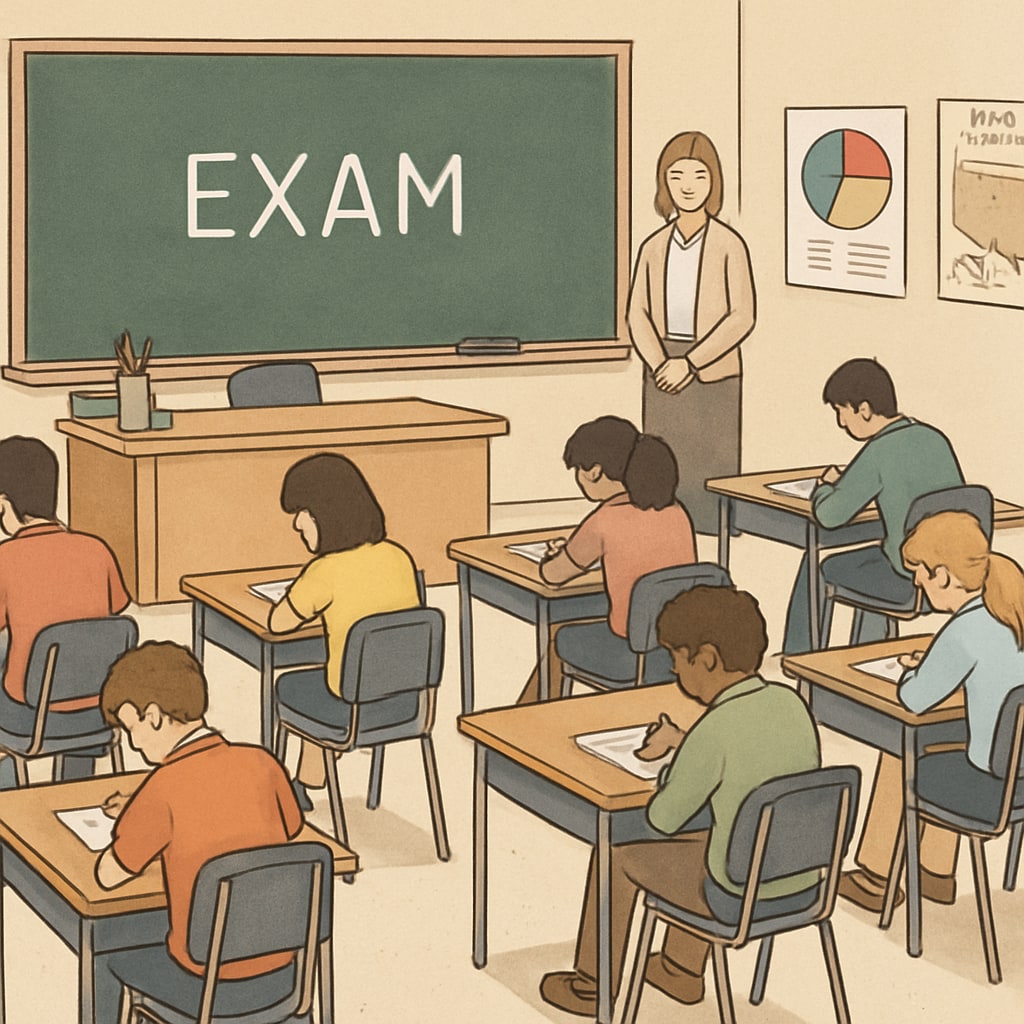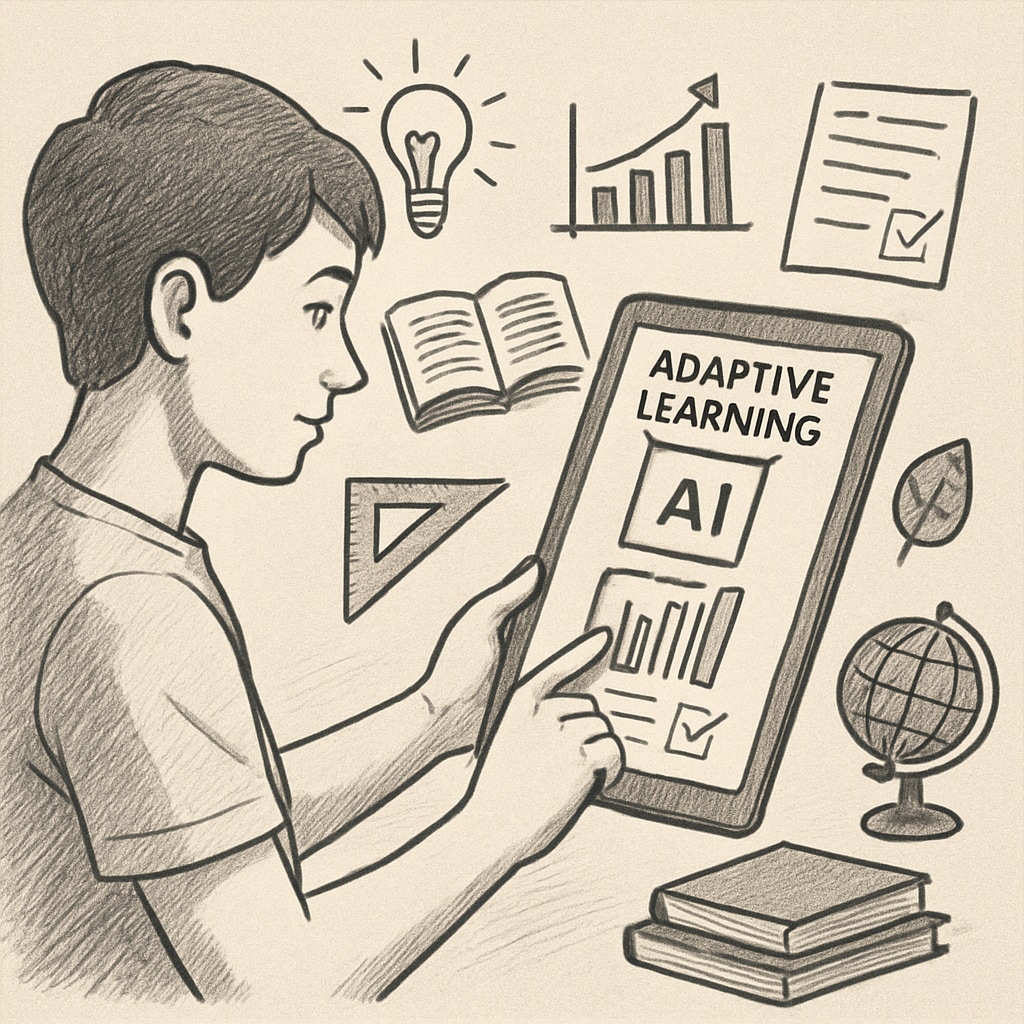As artificial intelligence (AI) continues to revolutionize industries, it is also posing significant questions about the relevance and effectiveness of traditional evaluation systems like K12 competitive exams. These exams, designed to measure academic performance and aid in employee selection, are now under pressure to evolve. In this article, we explore the urgent need for reform in education evaluation systems to better identify and nurture true talent in the AI-driven world.
Challenges of Traditional Competitive Exams in the AI Era
The traditional model of competitive exams emphasizes rote memorization, standardization, and structured problem-solving. However, in the age of AI, these skills may no longer align with the abilities needed for future success. AI systems, with their advanced capabilities, can now process and analyze information faster and more accurately than humans, raising questions about the validity of exams that focus solely on information recall.
Furthermore, such exams often fail to measure critical soft skills like creativity, emotional intelligence, and adaptability—qualities that are increasingly valued in the modern workforce. According to a Britannica article on education, education systems must pivot to encourage broader skill sets to prepare students for the challenges of a rapidly evolving world.

Integrating AI to Redefine Talent Evaluation
To address the limitations of traditional exams, educators and policymakers must embrace AI-driven tools to create a more holistic and adaptive evaluation system. AI-powered assessments can analyze not only a student’s knowledge but also their problem-solving processes, creativity, and collaboration skills. These systems can offer personalized feedback, helping students understand their strengths and areas for improvement.
For example, platforms that use AI to track learning progress can adapt questions based on a student’s current skill level, providing a more tailored learning experience. As a result, exams can shift from being mere gatekeepers of opportunity to becoming tools for fostering growth. Additionally, this approach aligns with the growing emphasis on lifelong learning, as highlighted by the Wikipedia page on lifelong learning.

Balancing Technology with Human-Centric Education
While AI offers promising solutions, it is important to balance technological advancements with human-centric values in education. Over-reliance on AI could lead to ethical concerns, such as data privacy issues and the risk of perpetuating biases inherent in algorithms. Therefore, education systems must adopt AI responsibly by ensuring transparency, fairness, and inclusivity in its applications.
Moreover, the role of teachers and mentors remains irreplaceable. AI can assist in identifying areas for improvement, but it is human educators who provide the empathy, encouragement, and nuanced understanding that students need to thrive. Thus, the future of competitive exams lies in blending AI’s efficiency with the human touch.
Conclusion: Paving the Way for Meaningful Reforms
As we navigate the AI era, the transformation of competitive exams is not merely an option but a necessity. By integrating AI into education, we can move beyond the limitations of traditional evaluation methods to create systems that truly recognize and nurture diverse talents. This shift will not only better prepare students for the workforce but also foster a generation of innovative and adaptable thinkers capable of addressing the challenges of tomorrow.
In conclusion, the integration of AI in education offers an unparalleled opportunity to redefine how we evaluate and cultivate talent. The journey ahead requires collaboration between educators, policymakers, and technologists to ensure that the transformation is both equitable and effective. The ultimate goal? To create an education system that empowers every individual to reach their full potential in an AI-driven world.
Readability guidance: Short paragraphs and clear headings are used to enhance readability. Lists summarize key points, and overuse of passive voice and long sentences has been avoided. Transition words like “however,” “therefore,” and “for example” ensure smooth flow between ideas.


